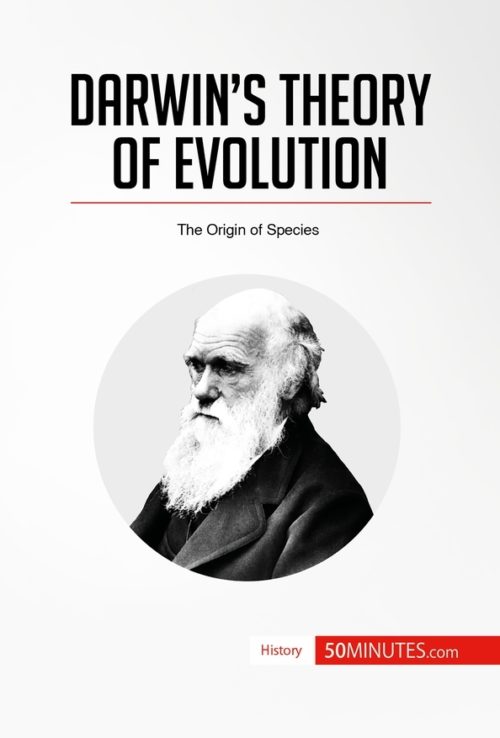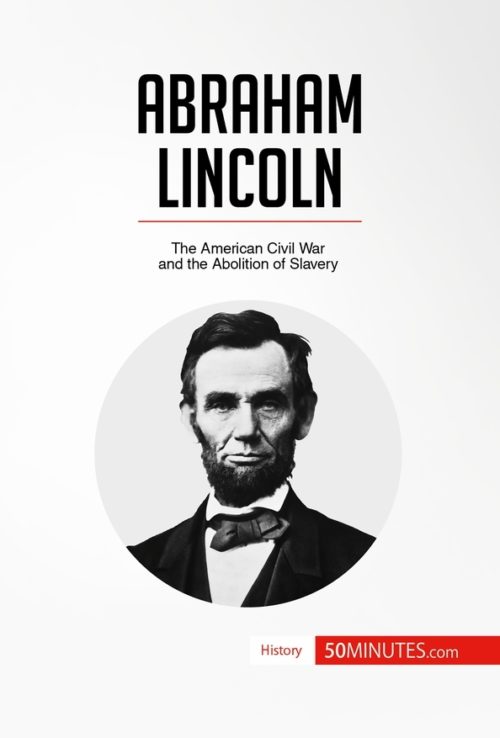The Battle of Gettysburg
The Battle of Gettysburg
$4.99
Read more
The Battle of Gettysburg is widely regarded as one of the turning points of the American Civil War between the Union in the North and the Confederacy in the South. From the outbreak of the war until mid-1863, the Confederate troops had the upper hand over their Union counterparts, but when they attempted to break into Union territory, they were pushed back and forced to retreat. Four months after the end of the battle, Abraham Lincoln visited the battlefield and delivered his celebrated Gettysburg Address, in which he extolled the essential values of equality and freedom. In just 50 minutes, you will learn about the background to the American Civil War, in particular the importance of the question of slavery, and discover the decisive impact of this key episode of American history.
This straightforward and informative book provides a day-by-day analysis of the events of the Battle of Gettysburg, as well as a discussion of the strategies of both sides and the errors of the Confederate army. It also features biographies of the main commanders and leaders, including Robert E. Lee and George Gordon Meade, a valuable introduction to the political and social context, and an evaluation of the battle’s consequences, giving you all the essential information about this momentous event.
About the Battle of Gettysburg
After two years of fierce fighting in the American Civil War, the Confederate general Robert E. Lee convinced Jefferson Davis to conduct the war in Union territory in order to decide the fate of the conflict. A series of errors by the Confederate side and heroic resistance from the Union troops meant that Lee was soon forced to accept defeat and withdraw. The Battle of Gettysburg was one of the bloodiest battles in the war, and is now generally seen as the turning point in the conflict.
This clear and accessible 39-page book is structured as follows:
- Introduction to the Battle of Gettysburg
- Political and social context
- The abolition of slavery and the secession
- The balance of power
- The beginning of the war
- Commanders and leaders
- Robert Edward Lee, commanding general of the Confederate troops
- George Edward Pickett, Confederate general
- George Gordon Meade, commanding general of the Army of the Potomac
- Analysis of the battle
- Directing the war to the north to obtain peace
- Error and strategies
- 30 June-1 July 1863: the meeting in Gettysburg
- 2 July 1863: Confederate errors
- 3 July 1863: the burden of George Edward Pickett
- Impact of the Battle of Gettysburg
- Summary
Product details
| ISBN | 9782806273222 |
|---|---|
| Publisher | Plurilingua Publishing |
| Series | 50MINUTES.COM – History |
| Format | |
| Pages | 39 |
| File size | 3.3 MB |






